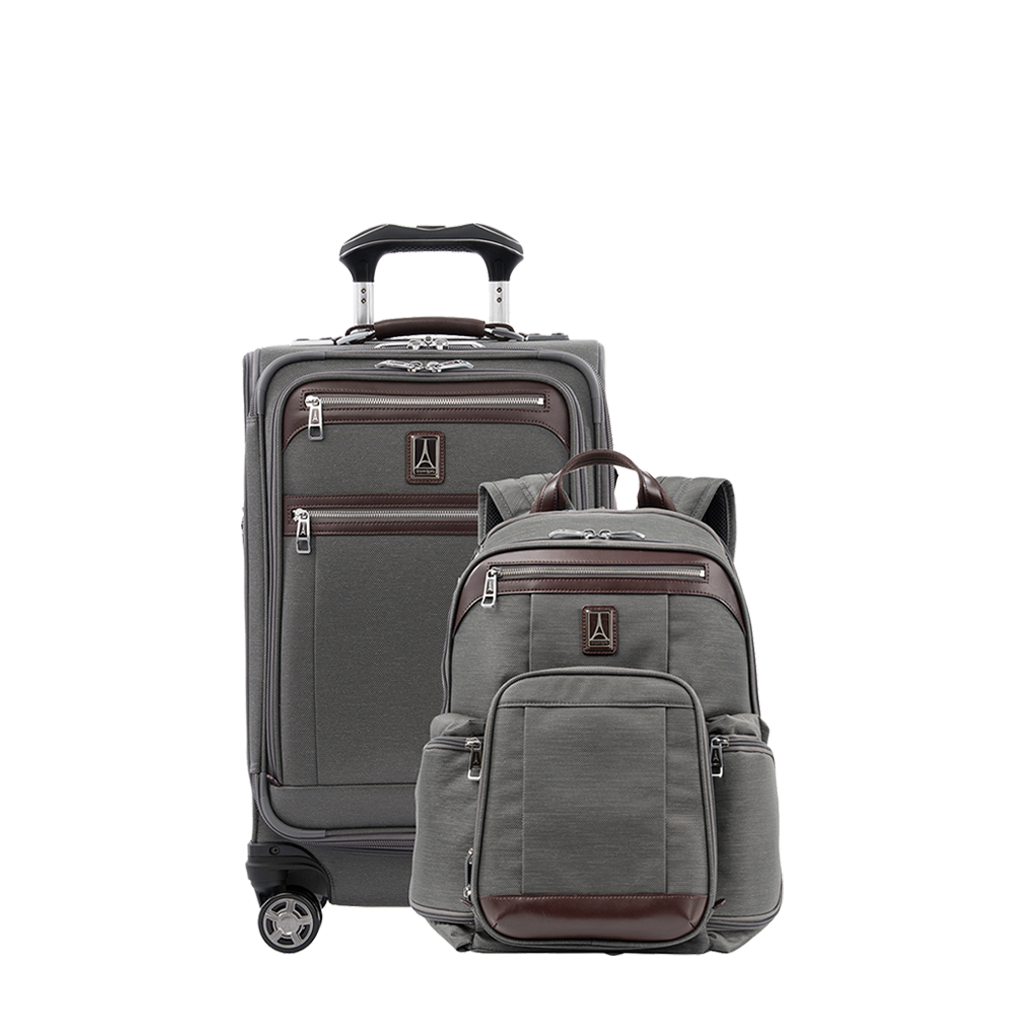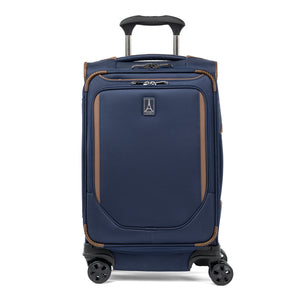How To Make Your Luggage Last Longer

Anyone who travels regularly knows the importance of durable luggage. Suitcases and bags are, after all, designed to protect our belongings from damage. Luggage is exposed to all manner of weather conditions, bumped, stacked in baggage holds, and generally given a beating to and from destinations.
We aren’t just talking about baggage handling damage. Baggage handlers have a great track record for avoiding luggage damage (SITA reports of the 4.27 billion bags transported each year, only 4.57 million are damaged). Normal wear and tear reduce luggage lifespan, as do accidents, scuffs, scratches, and similar damage. Fortunately, a little care and attention go a long way toward protecting your bags.
How Long Does Luggage Last?
How long luggage lasts depends on multiple factors, including how often you travel, the quality of your luggage, and how well you care for your suitcases and bags. High-quality,durable luggage can last for over a decade of frequent use. Less well-made bags have much shorter lifespans.
Choosing Well-Made Luggage
As luggage lifespan depends on quality, it’s important to buy well-made bags, whether you’re looking for ahard-sided suitcase or acheck-in backpack. When choosing luggage, pay attention to the following details:
Handles and straps
Collapsible handles are susceptible to damage. Look for telescoping handles that expand and collapse smoothly without jamming and don’t wobble as you roll the suitcase. Side handles and shoulder straps should be strong and attached firmly to the bag.

Zippers
A broken zipper during transport makes securing your belongings almost impossible. Look for luggage with either high-quality nylon coil zippers or metal chain zippers with two sets of interlocking teeth made by the YKK brand. YKK has a long and reliable track record for making sturdy zippers.

TSA Locks
Luggage with built-in TSA locks has advantages over bags where owners provide their own locks. TSA locks allow agents easy access to bags, preventing possible damage. If you’re serious about luggage lifespan, TSA locks are a must-have.
Looking for luggage with TSA-approved locks? Travelpro includes TSA-approved locks on select models of ourPlatinum® Elite,Crew™ VersaPack™, andMaxLite® 5 luggage lines.

Wheels
Wheeled spinner luggage has four wheels on the bottom of the bag which swivel 360 degrees, making them very easy to navigate. The quality of spinner wheels is very important, as they are externally mounted. Spinner wheels attached with screws are generally more secure than those attached with rivets.
Two-wheeled luggage is less ergonomic than spinner wheels, as two-wheeled bags can only be pulled, rather than pulled, pushed, or rolled. Wheels ontwo-wheeled luggage are recessed, however, so they are less exposed to potential damage.

Luggage Frames
A luggage’s frame is what keeps your belongings safe. Whether you opt for hardshell or softshell bags, choose luggage with reinforced corners. Soft-sided bags should be made of nylon, Cordura, or polyester fabric with weather and stain-resistant coatings. Hard-sided luggage should be made from aluminum or 100% polycarbonate exterior. ABS plastic exteriors are lighter but less durable.
How to Protect Your Luggage
Knowing how to protect your luggage during use greatly increases its lifespan. Here are a few tips to keep your bags free from damage:
- Never overstuff a bag. Overstuffing luggage strains zippers and seams, increasing the risk something will rupture during use. If you’ve ever had to makeemergency repairs to a luggage zipper in an airport you know exactly how disruptive such damage is. If you have to sit on, push down, or otherwise force a bag closed, you’re risking damage.
- Pack based on item weight. Heavy items should be packed at the bottom of your bag, to keep luggage stable as you wheel it around. Top-heavy bags can fall over, potentially damaging the luggage’s wheels or exterior.
- Keep straps secure.Checked-in luggage with any kind of straps, including a backpack’s shoulder straps, can get caught on baggage converter belts. Either fasten straps tightly or, if possible, remove and pack in the bag.
- Wrap sharp objects. Scissors, knives, and any other object with sharp edges should be wrapped carefully and packed in the center of the bag so they don’t damage the luggage casing.
- Keep liquids secure. Even if liquid containers appear securely fastened, pack with the assumption liquids might leak. Pack shampoo and other toiletries inwater-resistant bags. Wine and liquor bottles should be packed in sealable wine protectors and packed in the middle of your bag to reduce the risk of breakage.
How to Protect a Suitcase from Scratches
Scratches to the exterior of luggage is always a risk during travel. The best defence against scratches is to buy high-quality bags made from materials designed to resist damage. Travelpro hardshell luggage, in addition to being damage-resistance, has a textured surface to reduce the visibility of scratches and scuff marks.
Some people wrap their luggage in TSA-approved bag protectors made from PVC, which secure onto suitcases with velcro, but if you buy well-made bags these are not necessary.
Luggage is susceptible to scratches and scuffs if it isn’t stored correctly. Check out our How to Store Your Luggage Guide for advice on how to keep your bags safe when you’re not travelling.
How to Protect Spinner Luggage Wheels
Spinner wheels are useful additions to luggage but need to be handled with care and attention. The best way to protect spinner luggage wheels is to avoid overpacking bags. Excess weight puts extra pressure on wheels and increases wear and tear.
Remember spinner wheels are intended for use on flat surfaces. If you encounter rough or uneven ground, carry your luggage until you’re back on flat terrain. After travelling, check wheels for signs of damage before putting luggage into storage, and replace any damaged wheels.
How to Keep Luggage Clean
Cleaning bags before storing them increases their lifespan. For the inside of bags, take the following steps:
- Empty the bag.
- Remove and wash any detachable pockets and liners.
- Vacuum the inside of the bag to remove any debris.
- Clean polycarbonate surfaces with a wet cloth and mild soapy water.
- Air the bag out completely before storing.
To clean the outside of a hard shell suitcase, add a few drops of gentle dish detergent to water, and use it to wipe down the exterior. Grease spots can be removed by scrubbing with a soft toothbrush. If your hard shell luggage is made of aluminum, clean it with plain warm water. Dry completely before storage.
Softside bags made from polyester and nylon should be wiped down with a 50/50 mix of alcohol and water. Shake out the interior and vacuum inside before storing.
What Luggage Has a Lifetime Warranty?
Travelpro offerslifetime warranties on all our bags, covering wheels, zippers, extensions and carrying handles. Our durable, attractive bags are ideal for frequent travellers who need to know their luggage will stand up to the rigours of transportation.
Need help fixing damaged luggage? Check out our Luggage Repair Guide.

